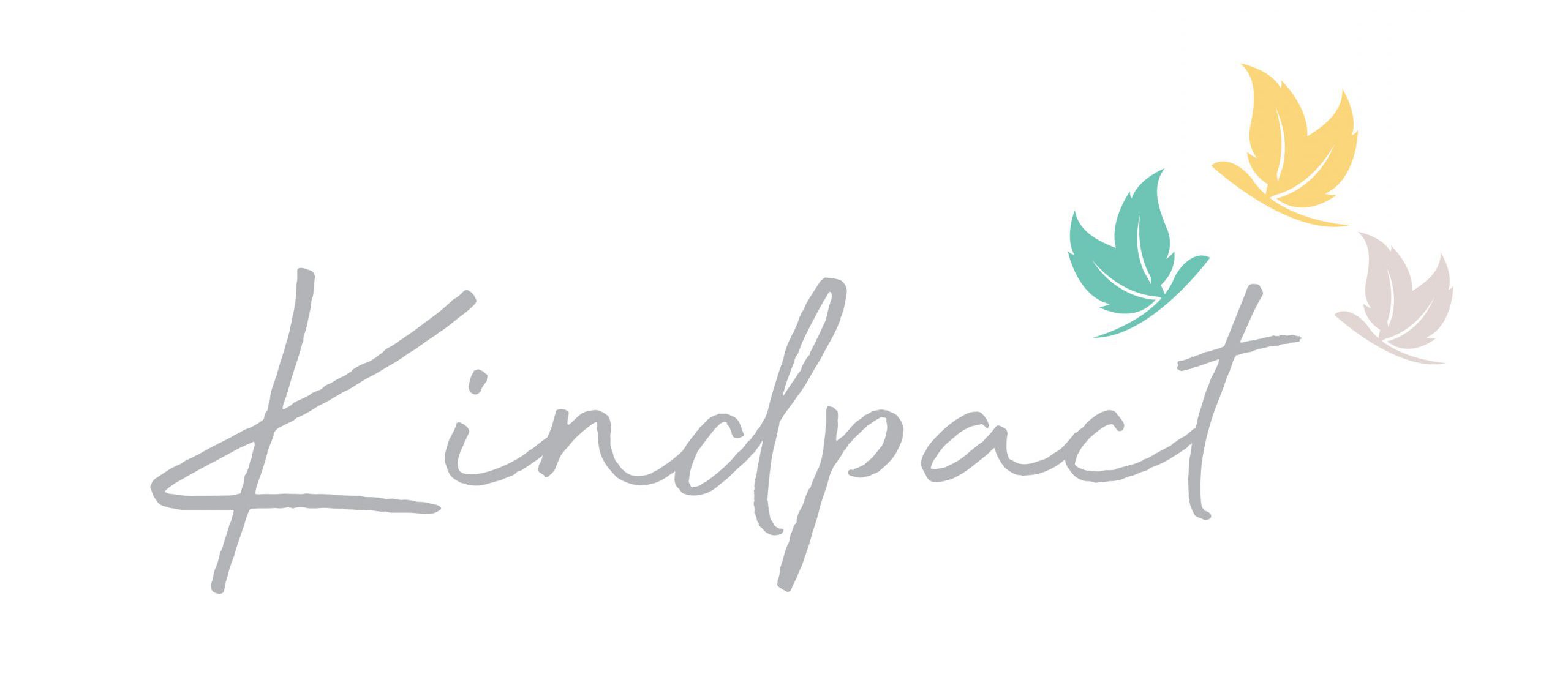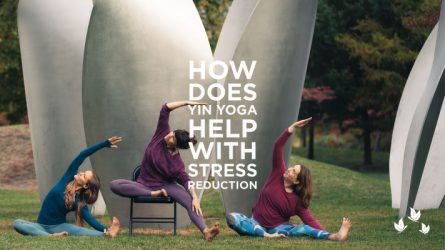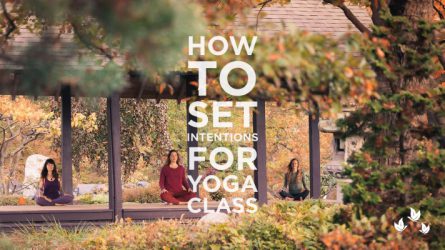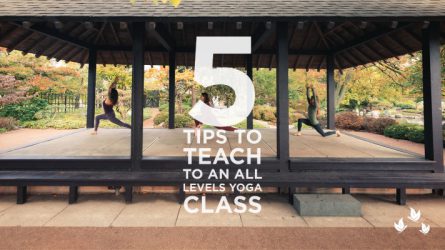So yoga has turned your life around and now you want to teach. Awesome! While the idea of wearing yoga pants all day sounds enticing, teaching yoga is similar to any sort of job or new business path. Instructors need not only education but expertise and often business skills to go with it. In this blog post, I’ll outline what to look for in a yoga teacher training certification course and how to start teaching yoga.
Find the right yoga teacher training
Besides there being a ton of different styles of yoga and ways to practice, finding the right yoga teacher training is important. In general, you will want to get started with a 200-hour yoga teacher training. While you may see 300-hour trainings out there, those are completed after 200 hours. The standard process is 200 and then 300. Some may pursue a Certified Yoga Therapist Training instead which is usually 200 then a IAYT program.

Get picky about your training. While you may have a favorite teacher or studio, they may not always be the best educators or teach in the right format for you. There are immersion programs where you stay at the location for the entire training or others that you do over the course of 3 months to a year.
Questions you may want to ask while researching could include:
- What is expected from me as a student?
- What style of yoga is taught?
- How much time will be spent on lectures versus hands-on learning?
- What books are needed in advance?
- What does a typical day look like?
- If I miss a day, what does the make-up schedule look like?
- Where are the past students teaching now?
- Do I vibe well with the instructors teaching?
- What experience do the instructors have?
What about Yoga Alliance?
There is a lot of debate whether a Yoga Alliance training is necessary. Here’s a secret about teaching yoga most people don’t know. There is no certifying board or regulation currently in the yoga industry. In theory, anyone can start teaching yoga and there’s nothing illegal about it.
The reason there is a lot of debate around being associated with Yoga Alliance is that it doesn’t necessarily reflect the quality of the teacher or teacher training program. There is a cost associated with being registered with them that many people don’t find valuable. That being said, others feel it’s the only association out there providing any sort of standardization that’s accessible. In Yoga Alliance’s defense, in the past few years, they have gotten stricter about what is required in a yoga teacher training program and is providing more oversight for approved programs.
This article isn’t meant to sway you one way or another. However, one thing to consider is that employers are typically looking for people with the Yoga Alliance designation, some even going as far as needing a copy your card. Other employers don’t care. Do your research in advance to see if places you would like to work at require it.
To confirm if your training school is registered with the Yoga Alliance, you can check out their approved schools here.
Create a yoga resume
So you finished your training and are ready to share your love of yoga with the world. While you may be ready, your prospective employers want to know more about you. Creating a resume designed for yoga teacher jobs is essential. We often require resumes when people apply for jobs online. When people submit their standard office job resume not tailored to teaching yoga– they get thrown in the trash. While this may seem harsh, employers simply don’t have the capacity to figure out people’s expertise quickly without a proper resume.
Having a yoga teacher resume shows your professionalism and willingness to show up to teach yoga. Yoga resume essentials include:
- Job history tailored to the yoga role you’re applying for
- Education (Your 200 hour training, CE training and outside education is okay)
- Skill Sets
- Professional contact information
It may be challenging to fill out a resume when you don’t have yoga experience. However, as long as you have some sort of work experience you can tailor your resume to meet many of the job requirements. For example, many yoga instructor jobs want people who can manage customers and simply be responsible. Tailor your current or past job experience highlighting these areas in addition to highlights of what you learned during teacher training.
To have an awesome resume, do a quick search on sites like Indeed for yoga instructor roles. Review the job descriptions and create a resume translating your experiences to their bullet points. Keep you resume short, one page with lots of white space will suffice.
Start teaching while you’re applying
If you’re fresh out of yoga training, you may be lucky enough to start teaching somewhere right away or it may take some time. While you’re searching, start teaching to friends, family, or in your community. While some yoga teacher trainings have their participants teach often during their program, often there is a lack of practical experience. When you teach friends and family, you will get more confident, see what shows up in class, and make plenty of mistakes in a safe non-judgemental setting.
If your pool of participants is low, you can reach out to local nonprofits. While teaching for free is typically not sustainable, you may find it’s helpful while you’re job searching. Should you offer to offer your services as karma yoga, one thing that could be helpful to manage your time and energy is to offer a set number of classes initially. By offering a series or program, both you and the non-profit can plan ahead and not feel like it’s an endless commitment.
How to find a yoga job
When I talk to a lot of newly graduated teachers, many don’t know where to start looking for jobs. There are so many ways to find work or create work but if you’re looking for the easiest route, check out job boards. Places like Indeed or LinkedIn often have yoga jobs posted. However, before you apply check out the next steps.
Don’t Limit Yourself to Yoga Studios and Gyms
There are many places and ways to teach yoga that don’t require teaching at a yoga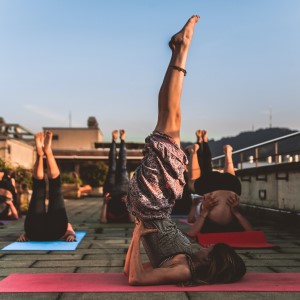 studio or gym. So before boxing yourself into limited possibilities, know that places such as schools, non-profits, hospitals, universities, online platforms, companies, apartment complexes, and even international locations have yoga jobs. You might even look outside of teaching directly and focus on writing or teaching online. There are a plethora of ways to teach yoga that may not look like the path you took to learning yoga. Some of my favorite places to look for work include:
studio or gym. So before boxing yourself into limited possibilities, know that places such as schools, non-profits, hospitals, universities, online platforms, companies, apartment complexes, and even international locations have yoga jobs. You might even look outside of teaching directly and focus on writing or teaching online. There are a plethora of ways to teach yoga that may not look like the path you took to learning yoga. Some of my favorite places to look for work include:
- YogaTrade: A job board featuring jobs and exchanges in international locations.
- Upwork: Another job board where people look for freelances in a variety of roles, sometimes teaching but often writing.
- LinkedIn: There are so many jobs that often go unanswered here.
Research before applying
As I often sift through resumes, if I’m lucky enough to get someone with a cover letter, half of the time the applicant has a short biography of their yoga journey and everything *they* want to do. Here’s an unfortunate secret, employers don’t care about what applicants want– they want to find a good fit for their students. They’re looking for a good candidate who fits in with their mission and values to serve their community. While this may be frustrating, it works SO well when both the candidate and employer have the same ideals.
You’re not going to know what a company values unless you research them. Check out their website. If you’re able to, go to a few classes to see if you like the vibe, and check out their online presence. When you write your cover letter…and please write a cover letter……write about how your experience and teaching matches up with their mission.
Here’s how research helps you– you’re not going to waste your time interviewing and possibly teaching at a place you’re going to hate. Not only do you save your potential employers time but you save your own energy and time.
I’m also going to send out one pet peeve here if you can indulge me on research. GPS and use Google to see how far away the location in advance. If the place is so far away that it’s not worth the gas money…..do not apply.
Get ready to audition and interview
So you are lucky enough to get a callback and they want you to come in. Many places will require you to audition. Auditions vary from place to place but often it’s anywhere between a 15 minute to sometimes full-hour audition. Have a few sequences in your back pocket that you know inside and out. Remember that if you’ve been teaching family and friends before you audition, you’ll already have some good experience here. Have a few sequences of different lengths that you have practiced multiple times so not only do you feel confident in teaching but can handle curveballs when they come your way.
In terms of the actual interview part, come in prepared. Do your research in advance and ask questions. Here are some questions to get you started:
- What is expected of me outside of teaching the class?
- What is your stance on hands-on adjustments?
- What are some things your typical students are looking for when they come here?
- What qualities are you looking for in a teacher?
It can be a faux pas to ask about pay so don’t bring it up unless they do (it’s perfectly acceptable to ask once they offer a position). And adding on to my major pet peeve above– don’t ask for more money because it’s far and you need gas money. For one, if it’s too far and takes 45 minutes each way for one class, you’re likely not going to want to teach there long. Secondly, if the pay isn’t enough, negotiation should come because of your expertise, skillset, and pay range in your area. Living too far away isn’t going to help in any way and instead look extremely unprofessional. If they can’t meet your pay requirements after negotiation, simply move on.
How Much Should I be Getting Paid?
This question is asked by many people on the internet to strangers often with no regard to location, expertise, job classification or demand. People are typically somewhere between the $20 and $150 range which typically means it’s a crapshoot out there.
When wondering what you should be getting paid, it’s really a balancing act of what you’re experience is and how you value your time. Sometimes when people are just getting started, they are willing to take a lower amount of pay to gain experience but this may not be sustainable. Other people come out of teacher training demanding $50 or $100 a class, most don’t get it but a few people do. I encourage instructors to look at their current experience and how they might stack up to others in their area, see what the average is by checking out sites like Indeed, and consider what they feel their time is worth.
Create your own job
Yoga teacher training programs are pumping out more instructors than there are jobs. It’s not unheard of for graduates not to be able to find jobs, especially in more rural areas, cities with a large amount of teacher training programs, or if they did not do their training in the area. If you’ve been looking for yoga jobs and haven’t been able to find any or have been passed up on the few that are available, you may want to create your own job.
What does this look like? It can really look like anything but here are just a few ideas to pursue:
- Offer private sessions teaching in your home, your students, or renting small spaces.
- Teach yoga online either as live classes or online courses.
- Offer your services to places that don’t have existing yoga classes like co-working spaces, apartment buildings, or businesses.
- Check with your local park or recreational facility to see if they are interested in offering yoga classes.
- Reach out to smaller gyms like CrossFit or boxing and see if they would like yoga classes offered.
Keep studying
Finally, A 200-hour yoga teacher training can be compared to getting an associate’s degree. While it may have been challenging to complete, teachers are still pretty green and their peers may have years of experience and education behind them. Continue reading, studying, and practicing while you’re searching for jobs even after you scored your job teaching yoga. While CE trainings and 300 hour trainings are definitely helpful, if budget is an issue, you can still learn a lot from books at a price that won’t break the bank.
